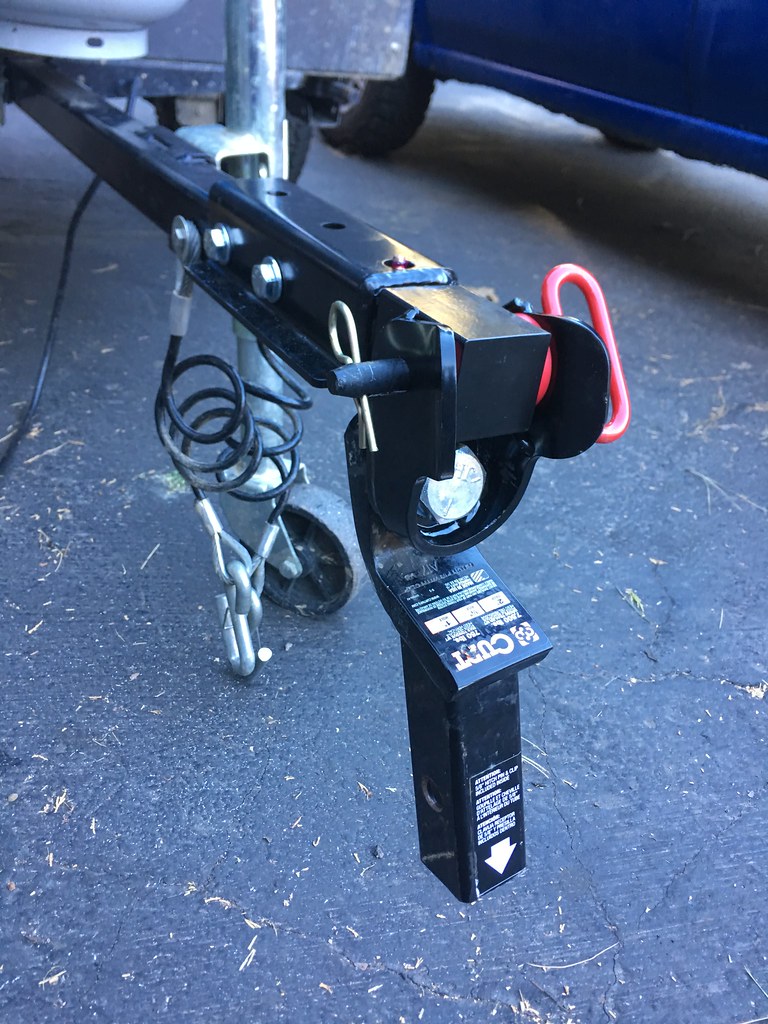teotwaki
Excelsior!
I have read through this entire thread. And...am very sorry the OP had these issues. Also...I am not writing this to bash the OP. That crack in the assembly warranted attention, IMO and he did the right thing. However...something does need to be pointed out.
Maintenance. In dusty, watery, nasty conditions any mechanical device MUST be disassembled, cleaned and re-greased regularly. In some cases, quite frequently as unwanted debris will penetrate the finest of mechanical joints. The military lives by this mantra. It simply must be done. When in doubt - grease. Then add more.
My reason for mentioning this, based upon the photos of the pitted steel that depicted the worn pivot point of the hitch. Those pits are from debris that was ground into the steel repeatedly over a long period of time. That said - the most recent generation of the hitch seems to have somewhat solved this. HOWEVER, even that new assembly will need regular greasing and maintenance. If owners / users do not, added wear and material degradation will certainly take place.
Just my two cents and an observation.
C
Thanks for the comments. If you look back you can see that I repeatedly speak of cleaning and greasing the hitch both in the past and as advice to all owners of any generation of Max Coupler.
.... to all owners of the Max Couplers: perform that disassembly, cleaning, inspection and lubing often enough to match the demands of your offroading conditions. Apparently you cannot purchase OEM replacement parts so be prepared to replace complete yoke or tongue assemblies at full cost if your parts wear out.
I've cleaned and lubed it after big trips but is the dust and grit creating most of the damage during the trip?
I still believe that if this design is used in dusty areas you should disassemble the yoke and clean out any grit that invades the grease.
- Grease fitting will help to avoid having to disassemble the unit as often and maybe slow down metal-to-metal wear
All I can tell you is to disassemble the vehicle side of the hitch after every trip and clean out the grit and dust. Take some measurements of the play (or wobble) as it sits when new and keep an eye on the wear. Lubricate the moving parts of both assemblies often, especially because the harder metal of the bushing ("crush sleeve") is going to wear into the softer metal of the hitch. Watch the surface areas of the metal to metal contact for pitting. They don't sell replacement parts so you can buy either or both assemblies but that is it. Preventive maintenance is all you have to make it last because after that it is a throw away item.
....Have a great time with your new trailer and maintain your Max Coupler well. :sombrero:
I am curious about your comment -
- the most recent generation of the hitch seems to have somewhat solved this.
How have they solved this? Other than the zerk fitting the same hard steel bushing is fitted against the softer steel of the yoke with no seals in place. The whole assembly is still open to the elements and will still demand disassembly and cleaning after every trip (maybe even during the trips). I think the zerk fitting just makes it easier to add grease but it really cannot be expected to flush out all grit that gets in there, can it?

